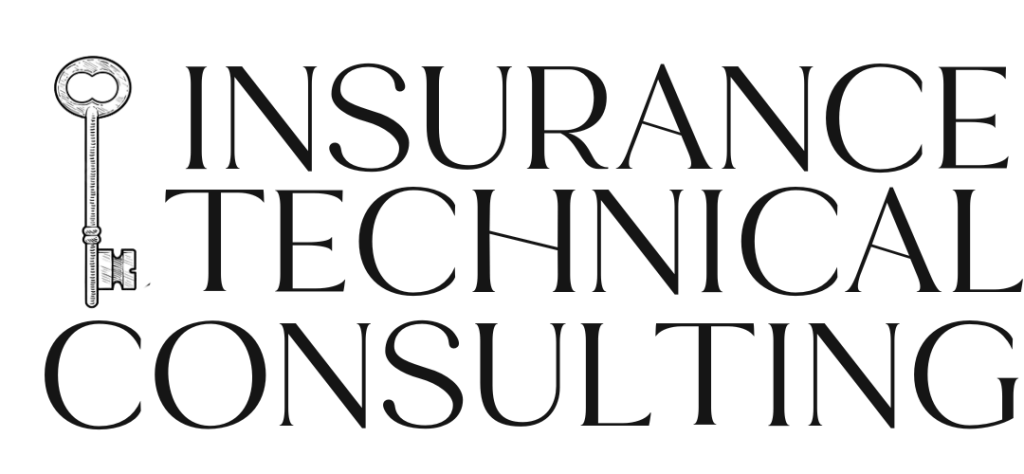
ISO uses 5 forms to offer Dependent Business Income coverage. As a reminder, companies which provide this coverage generally have broader terms than ISO uses. Still, it is a good idea to be familiar with basic terms of DBI.
The five ISO forms are:
- Business Income From Dependent Properties – Broad Form (CP 15 08)
- Business Income From Dependent Properties – Limited Form (CP 15 09)
- Extra Expense from Dependent Properties (CP 15 34)
- Business Income From Dependent Properties – Limited International Coverage (CP 15 01)
- Extra Expense from Dependent Properties – Limited International Coverage (CP 15 02)
The titles alone give you a starting point to separate the coverages. Some are for BI (with EE if chosen), some are for EE only (see here for more information on stand alone EE), and some are for international exposures. A standard ISO Business Income policy covers property within the United States and Canada.
Starting with the domestic forms (CP 15 08 and CP 15 09), there are four types of dependent locations: Contributing, Recipient, Manufacturing and Leader. See last week’s post here for more details.
All dependent locations must be scheduled. For the Broad Form CP 15 08, coverage comes from the insured’s own BI and EE limits. For the Limited Form CP 15 09, limits are chosen to separate coverage from the insured’s limits. It can also be used if the insured does not carry its own BI or EE.
The Extra Expense form, CP 15 34, also calls for limits to be scheduled. The International forms cover EE alone, or BI and EE, and limits must be scheduled. ISO covers only Contributing and Manufacturing locations.
Secondary Contributing and Secondary Recipient locations can also be covered, and do not need to be scheduled. Secondary locations are not owned or operated by a scheduled dependent location.
Secondary contributing locations provide materials or services to the dependent location. Then those are used to provide materials or services to the insured. Secondary recipient locations receive materials or services from the scheduled recipient location.
Scheduled and secondary dependent locations are often referred to as “Tier 1” and “Tier 2” locations. Clearly, it is preferably to insure both tiers, or suppliers of suppliers. It is also advantageous to avoid having to schedule dependent locations altogether.
Coverage applies when:
1. There is physical damage to property of a type covered by the insured’s policy (Building, BPP, etc);
2. To a dependent location’s property;
3. By a peril covered under the insured’s policy (Basic or Broad perils, or a peril not excluded by Special Form).
Dependent locations are not the easiest concept, but is a vital coverage for many businesses. Does your prospect need DBI? It’s worth finding out.
Do your validating producers understand Business income, or know where to learn about it? Insurance Technical Consulting specializes in one-on-one mentoring of commercial producers so they gain confidence in what they are selling and make fewer errors. Save your agency time with potential to increase revenue and reduce E&O costs. Explore the website at InsuranceTechnicalConsulting.com for more information.
Share Post :
